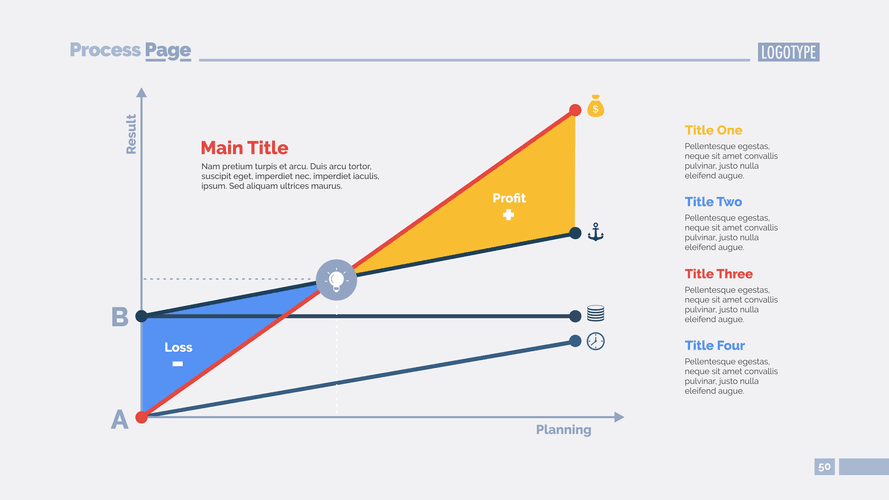
From oil rigs in Oklahoma to PE firms in Chicago to multi-national individuals, there’s not much she hasn’t seen. Now she’s leading Calculate’s tax function to stay compliant and strategize on structures to minimize our client’s tax footprints. This statement is false because even if CFO is negative, other variables, such as a positive net borrowing, would lead to a positive FCFE. Net borrowing is the difference between the amount borrowed and the amount repaid. If the amount borrowed is less than the amount repaid, then the net borrowing will be negative, indicating that the firm has no borrowing/paid off all borrowing.
Ideally, it is more than one, so the company can use the rest for other purposes such as capital expenditures. FFO represents cash available before being used for expenses for routine operations, capital expenditures, and discretionary items such as dividends and acquisitions. Meanwhile, FOCF, sometimes called free cash flow, is calculated by subtracting capital expenditure from the CFO. As I have already mentioned, under accrual accounting, profit is not the same as money earned. However, it does not go into cash but accounts receivable on the balance sheet. However, some analysts may use other metrics such as Funds from operations (FFO) and free operating cash flow (FOCF).
How to Calculate Working Capital
Whereas dividends
are the cash flows actually paid to stockholders, free cash flows are the cash flows
available for distribution to shareholders. Operating Cash Flow, often seen as the backbone of a company’s financial health, represents cash generated from core business operations. It’s the cash inflow that keeps the business engine running day-to-day, exclusive of interest or investment income.
- It typically includes net income from the income statement and adjustments to modify net income from an accrual accounting basis to a cash accounting basis.
- We add the interest paid in PBT to arrive at CFO and the same interest paid is deducted as a cash outflow from financing in cash flow from financing activities (CFF).
- Conversely, a longer CCC could indicate that the company is tied up in inventory or receivables for too long, affecting cash flow.
- Operating cash flow (OCF) and free cash flow (FCF) are both metrics used to assess the financial stability of a company, typically to determine if the cash generated is enough to meet its spending needs.
- Inversing this logic is an easy way to understand why we add an increase in trade payables as an inflow in CFO.
- Fixed capital investment (or FCInv or capital expenditure) is the percentage of a firm’s total capital that is invested in physical assets such as factories, vehicles, machinery, etc.
We believe that an investor should always keep in mind that an investment decision is a result of a comprehensive analysis that includes an assessment of PAT as well as CFO. An investor should not be biased by good performance on either PAT or CFO alone. A company should have a good performance on PAT and the PAT should have been converted into CFO.
The Ultimate Cash Flow Guide (EBITDA, CF, FCF, FCFE, FCFF)
Cash flow to net income is a metric to evaluate the quality of a company’s earnings. We calculate it by dividing the CFO on the cash flow statement by net income on the financial statement. Thus, it shows whether the net profit posted by the company in a given year is consistent with the money it makes. FCF gets its name from the fact that it’s the amount of cash flow “free” (available) for discretionary spending by management/shareholders. For example, even though a company has operating cash flow of $50 million, it still has to invest $10million every year in maintaining its capital assets. For this reason, unless managers/investors want the business to shrink, there is only $40 million of FCF available.
- Startups typically cannot compete on the same salary and benefits scale as established late-stage companies and public corporations.
- The reconciliation report is used to check the accuracy of the cash from operating activities, and it is similar to the indirect method.
- This calculation would clearly show how the profits/funds get stuck in or get released working capital and the impact of depreciation.
- However, we do not use the most liquid money and assets currently held by the company.
- Managing a company’s financial portfolio is no simple task, which is why CFOs usually take a professional path that includes advanced degrees.
In some cases, it may be much more, depending on the stage at which the CFO joins the executive leadership or founders. Cowen Partners is a national executive search firm specializing in CFO searches. We have put together 100+ of the best CFO interview questions so that you can be confident in your hiring decision. To become a CFO, candidates typically start in entry-level accounting roles and gradually work their way up over the course of several years into leadership positions.
Cash Flow from Operating Activities Formula
Cash Return on Assets tells how efficient a company is at employing its assets. A high return may signal a bright future for the company because they will have more cash flow to reinvest for growth and to return to shareholders. The purpose of defining calculate cfo Cash Flow From Operations is to isolate and focus on the well-being of the day-to-day operations or core business of the company. It is the lifeblood of the organization, making it one of the most important metrics an analyst can examine.

Then, to get CFO per share, we divide CFO by the number of common shares outstanding. We calculate it by dividing CFO, adjusted for preferred dividends, by the number of common shares outstanding. Cash flow to revenue measures how successfully the company converts its revenue into cash.
At Calculate, she keeps our clients running super smooth with tight and accurate financial operations. Lara began her career at KPMG ingrained in the complex world of real estate tax. At Calculate, she’s reingrained herself into into a new space with CPG brands focusing on their accounting and financial operations. Samantha jumpstarted her career at PwC, where she supported clients of all sizes, from startups to Fortune 500 firms. She enjoys applying her technical accounting background in both GAAP & IFRS to the unique business models of her consumer and tech clients at Calculate.


